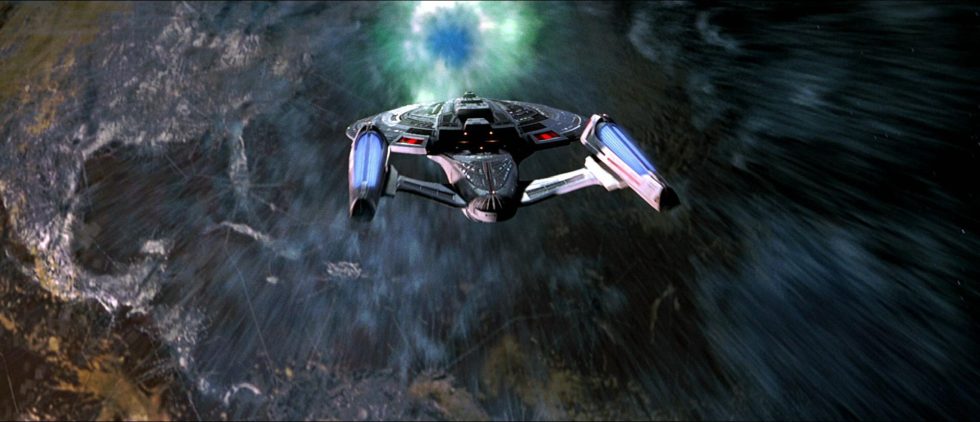A warp drive might twist space without exotic matter—but no faster-than-light travel yet.
Key Takeaways
- A new warp drive design manipulates spacetime but doesn’t exceed the speed of light.
- It aligns with current physical laws, avoiding the need for exotic matter like negative mass.
- The design uses Einstein’s general relativity equations to achieve motion without acceleration.
- Researchers didn’t propose practical construction methods, keeping this discovery theoretical for now.
- The study could enhance our understanding of gravity and inspire future breakthroughs.
__________
A Real Warp Drive That Stays Within Physics
Physicists have theorized a warp drive concept that manipulates spacetime for motion while adhering to the known laws of physics. An international team led by Jared Fuchs from the University of Alabama in Huntsville explored solutions to Einstein’s general relativity equations, finding a warp drive design that doesn’t violate energy conditions—rules that prevent the use of exotic matter like negative mass. This breakthrough was detailed in the journal Classical and Quantum Gravity.
Unlike science fiction’s faster-than-light travel, this warp drive can only operate at subluminal speeds. The theoretical design scrunches spacetime ahead of a vessel and stretches it behind, creating movement without the vessel accelerating. While practical applications remain distant, this innovation bridges theoretical physics and gravity research.

Challenges and Implications
The absence of exotic matter in this design resolves a major hurdle faced by earlier warp drive theories, such as Miguel Alcubierre’s 1994 proposal, which relied on negative mass—a concept that contradicts physical observations. Using advanced algorithms, the team verified their solution while ensuring it conformed to energy conditions, maintaining physical plausibility.
However, the researchers did not outline how to create or sustain the spacetime warping mechanism, keeping the concept in the realm of theoretical physics. Additionally, the inability to achieve faster-than-light speeds limits its immediate appeal for interstellar exploration.
Despite these limitations, this development opens new pathways for studying gravity. Understanding how general relativity permits unusual solutions like warp drives can help scientists refine existing theories and explore the boundaries of physics. Future research inspired by this work might deepen our grasp of gravity and uncover new propulsion possibilities.
This discovery underscores the importance of pushing theoretical boundaries, even without practical applications. As physicists unravel more about gravity, they might pave the way for technologies that once seemed unattainable, fueling humanity’s quest for understanding and exploration.





Thanks for sharing. I read many of your blog posts, cool, your blog is very good.
Thank you for your sharing. I am worried that I lack creative ideas. It is your article that makes me full of hope. Thank you. But, I have a question, can you help me?